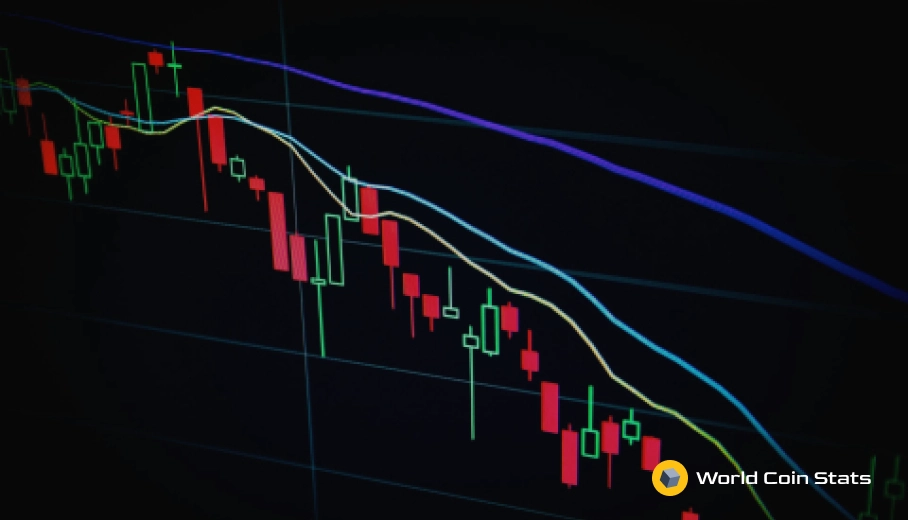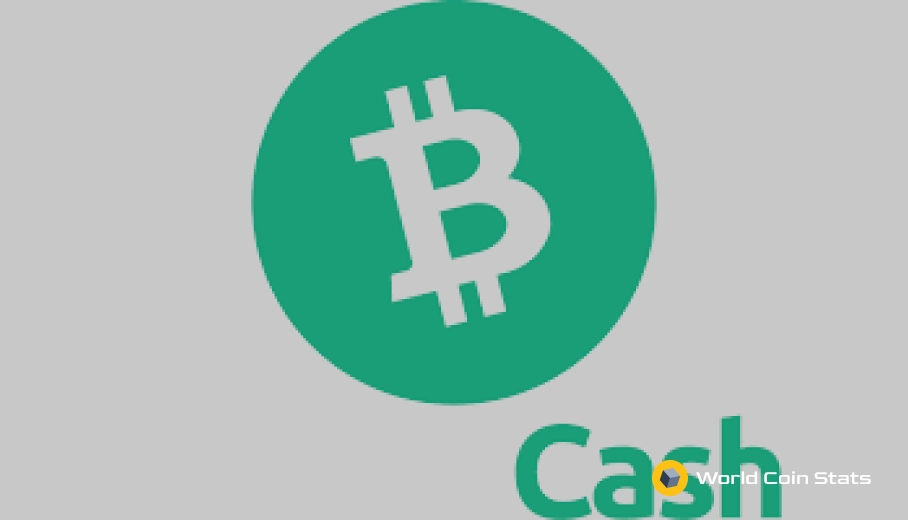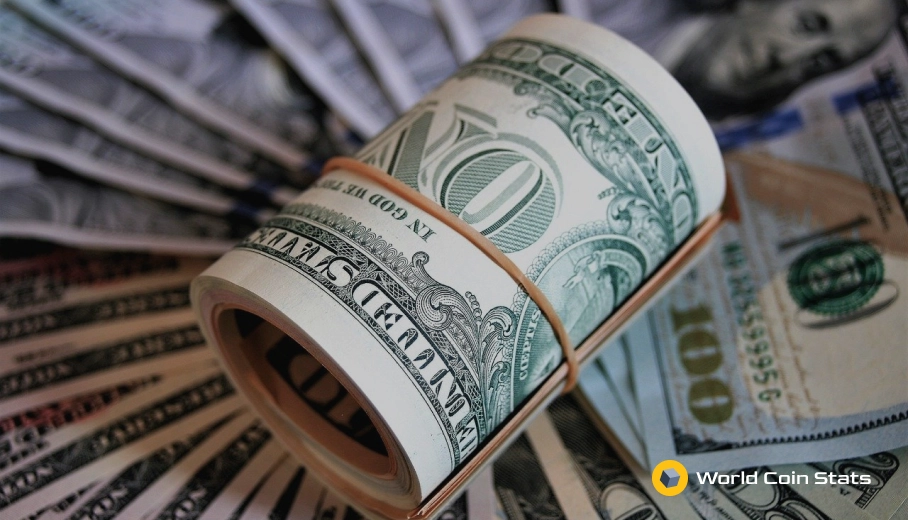The Ultimate Guide To Crypto Margin Trading 2019
If you are interested in cryptocurrencies, then chances are you’ve heard the phrase “crypto margin trading” more than once. Trading cryptocurrencies is probably one of the most effective ways to increase your wealth, as it is an enormously rewarding form of crypto trading.
But what margin trading in crypto really is, and how does it work? Is it risky? Keep on reading to find out the answer to those questions plus more.
What is Margin Trading in Crypto?
With margin trading in crypto, users have to ability to borrow money against their current funds. This way, they can trade cryptocurrency on the margin on an exchange. Users can increase the buying power of the cryptocurrencies or dollars they already are in possession of and enter larger trades.
Here’s a simple example of what margin trading in crypto is. If you want to buy $100,000 worth of bitcoin or any other currency, yet you only have $50, 000, then you can borrow 50% from the exchange and the leveraging would be 2:1 or 2x.
If the odds are in your favor, you can easily repay the 50% you’ve borrowed, but you will have to pay the fees as well. However, if the odds are not in your favor, you will still have to pay back the borrowed amount plus the fees even though you’ve lost money.
One thing is for sure, the exchange you’ve chosen doesn’t want to lose the money they let you borrow. That’s why they can “call-in” your margin trading if you start losing the borrowed money. The only way a margin call can be avoided is by putting more money into the position.
The Basics Of Margin Trading With Cryptocurrency
Let’s sum up what we learned so far. Margin trading gives users the ability to borrow funds to leverage their bet. Despite the outcome, they automatically owe the borrowed money along with any applicable fees.
To be a successful margin trader, you need to know the terms below and what they mean.
Leverage is the amount of money you want to borrow. The higher the leverage, the higher the risk you take at getting liquidated. For instance, a 4% margin trade means that at 25:1 leverage for every $1, the trader can trade $25 or in other words
Liquidation price is the price at which the amount of money you are using will be gone. This is the maximum value you can afford to lose before the exchange automatically closes your position. This way, the exchange makes sure you won’t lose their money too.
Long Position means you are expecting prices to go up
Short Position means you are expecting prices to go down.
Remember, the position doesn’t close until you close it manually or at a set price, or the exchange calls your position in.
So, Where Can I Margin Trading?
There are different exchanges you can choose from to margin trading. For instance, margin trading on Kraken, BitMex, and Polonies is an excellent choice as they are among the best margin trading exchanges in the crypto sphere right now.
However, they all have their advantages and disadvantages, so you need to consider them before making your final decision.
So, let’s review some of the pros and cons of the top three margin trading exchanges.
1. Bitmex
This exchange is one of the pioneer exchanges as it offers margin trading for six significant cryptocurrencies, the registration process is easy, and you can also secure your fund using the 2-FA authentication feature.
Advantages of BitMex
- Up to 100x leverage
- Six supported cryptocurrencies
Disadvantages of BitMex
- Not available for US citizens
- Complicated user interface
Take a look at BitMex’s leverage schedule and fees.
COINS LEVERAGE MAKER FEE TAKER FEE SETTLEMENT FEE
Bitcoin (XBT) 100x -0.0250% 0.0750% 0.0500%
Bitcoin Cash (BCH) 20x -0.0500% 0.2500% 0.0000%
Cardano (ADA) 20x -0.0500% 0.2500% 0.0000%
Ethereum (ETH) 50x -0.0500% 0.2500% 0.0000%
Litecoin (LTC) 33.33x -0.0500% 0.2500% 0.0000%
Ripple (XRP) 20x -0.0500% 0.2500% 0.0000%
2. Poloniex
Poloniex is one of the first exchanges to offer margin trading for cryptocurrencies and it offers over 50 different cryptocurrencies. On this exchange, you can margin trading with up to 2.5X leverage and trade altcoin on leverage.
Bitschares (BTS), Ethereum (ETH), StarCoin (STR), Monero (XMR). Ripple (XRP), Litecoin (LTC), Dash (DASH), Dogecoin (DOGE), MaidSafeCoin (MAID), Factom (FCT), Clams (CLAM) are among the most preferred cryptocurrencies among margin traders.
Advantages of Poloniex
- Low trading fees
- Large altcoin section
Disadvantages of Poloniex
- Low liquidity on some assets
- Not available for US customers
3. Kraken
Probably one of the largest and oldest cryptocurrency exchanges, as well as one of the most used changes for EUR and USD traders. On Kraken, users can margin trading and get the benefit of different leverage options for different pairs. XBT/USD, XBT/EUR, USDT/USD, ETX/USD are among of the different pairs.
Advantages of Kraken
- Up to 5x leverage
- Low trading fees
- Excellent Liquidity for most assets
Disadvantages of Kraken
- Few crypto/crypto trading pairs
- Poor customer support
- Extensive verification requirements
Is Margin Trading Risky?
This is a frequently asked question. When you don’t follow your trading methods, and you make decisions based on emotions, then yes, it can be extremely risky.
It takes time to learn everything about margin trading, and it takes a lot of practice to train your margin trading skills. With this feature, you can maximize your potential gains, but you can also lose your money.
In the crypto sphere margin trading is a particularly well-known method among traders.
Opening larger positions and having the right strategy will help you increase your own account balance.
In other words, crypto margin trading gives you the ability to express your ideas about the market as well as to boost your buying power even when you don’t have the necessary funds to do so.




